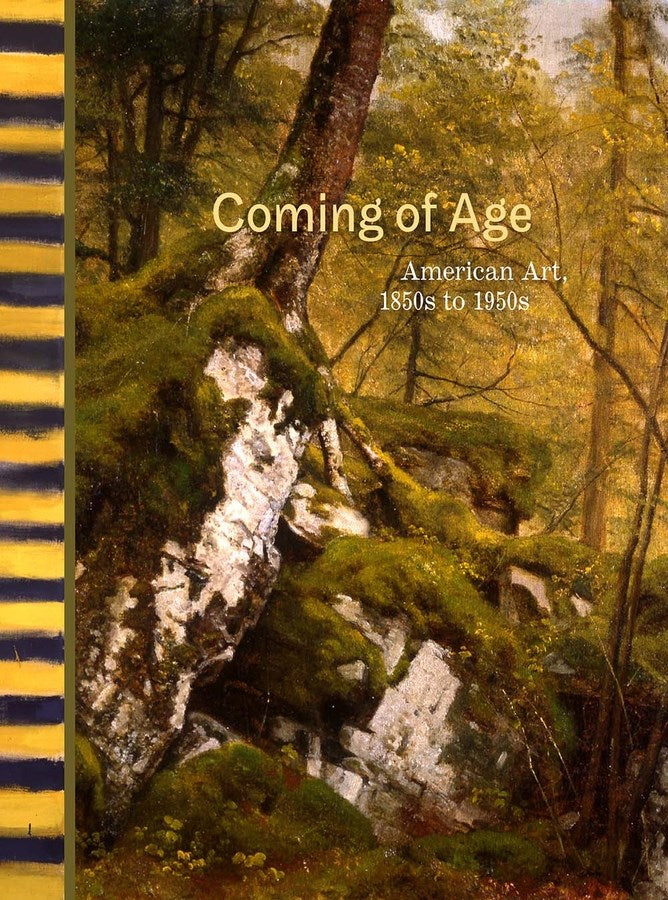
COMING OF AGE: AMERICAN ART 1850-1950
Product Details
A sumptuous catalogue that traces the evolution of a uniquely American aesthetic identity
From the 1850s to the 1950s, American art and culture progressed from provincial status to international prominence, and American art transitioned from figurative depictions of the particular to abstract interpretations of universal ideals. This beautiful book chronicles this complex century of maturation through a selection of paintings from the extraordinary collection of the Addison Gallery of American Art.
Coming of Age begins with Albert Bierstadt, Frederic Church, and the Hudson River School landscapes that embody the new nationalism of mid-nineteenth-century America. Their successors, Luminists like Jasper Cropsey and Fitz H. Lane, infused their immediate surroundings with glowing light and crystalline clarity, while contemporary Barbizon-influenced tonalists, such as George Inness, sought to capture the American ethos through an emotional, atmospheric landscape language. In the later 19th century, Winslow Homer, Thomas Eakins, and Eastman Johnson depicted native subjects through the lens of realism. Childe Hassam and Maurice Prendergast brought Impressionist aesthetics to America, while expatriates including John Singer Sargent and James McNeil Whistler established themselves in European art capitals. In New York, turn-of-the-century Ashcan school painters captured the gritty cityscape that would later host champions of modernism Alfred Stieglitz, Man Ray, and Marsden Hartley. In the 1930s, European-trained artist Josef Albers introduced a generation of American painters to new theories of color and space from which emerged the breakthrough Abstract Expressionists. By the 1950s, American art had come of age, as Americans securely held the vanguard position in the international art world.
Hardcover, 136 pages, September 8, 2006
